The packaging industry has witnessed numerous transformations over the years, with environmental concerns and sustainable practices becoming paramount. Among the innovations making a significant impact in this industry is pulp packaging. Derived from renewable sources such as wood, pulp packaging has grown in popularity due to its biodegradable nature and eco-friendly properties. As consumers and industries shift towards sustainable alternatives, understanding the pulp packaging characteristics that are driving this change is crucial. This article will explore how these characteristics are transforming the packaging industry, highlighting their advantages, applications, and the broader implications for sustainability.
Pulp Packaging Characteristics and Sustainability
Pulp packaging characteristics are deeply rooted in the principles of sustainability. Traditional packaging materials, such as plastic and Styrofoam, have caused long-term environmental harm due to their slow decomposition rates and the challenges associated with recycling. Pulp packaging, in contrast, is made from natural fibers, primarily wood, which makes it biodegradable and compostable. These characteristics allow it to break down naturally in the environment, reducing its carbon footprint and environmental impact.
Furthermore, pulp packaging can be manufactured with minimal use of synthetic chemicals and pollutants. Many manufacturers use non-toxic dyes and inks, making the product even more eco-friendly. This sustainability aspect is a critical factor as industries and governments push for stricter environmental regulations, encouraging businesses to adopt greener solutions. As a result, pulp packaging is not just a trendy alternative; it has become a necessity for companies looking to meet consumer demand for sustainable products.
Biodegradability and Compostability
One of the most defining pulp packaging characteristics is its biodegradability. Unlike plastic, which can take hundreds of years to break down, pulp packaging degrades within a few months when exposed to natural elements. This rapid breakdown is a significant advantage for brands aiming to reduce waste and move toward circular economy models. When left in landfills or composting facilities, pulp packaging does not pose a long-term environmental threat, unlike traditional packaging materials that can leach harmful chemicals into the ecosystem.
Moreover, pulp packaging is compostable, which means it can be broken down into organic matter that can enrich the soil. This feature aligns perfectly with growing consumer interest in reducing food and packaging waste. Many food delivery companies and retail brands have begun using pulp packaging for their products, knowing that it can be composted after use. This characteristic not only reduces waste but also adds value by contributing to a natural, environmentally beneficial process.
Versatility in Design and Applications
The versatility of pulp packaging characteristics extends beyond its eco-friendly qualities. Pulp packaging can be molded into virtually any shape or size, making it suitable for a wide variety of products. This flexibility allows for custom designs that can enhance the protection of delicate items, such as electronics, food, and cosmetics. Brands are now able to offer aesthetically pleasing, functional, and sustainable packaging that meets both marketing and practical needs.
Additionally, pulp packaging is often used for protective packaging, such as trays, inserts, and clamshells, due to its shock-absorbing properties. Its ability to be customized also plays a key role in industries such as food and beverages, where the design of the packaging can help preserve the freshness and integrity of products. By aligning with consumer demand for both form and function, pulp packaging provides companies with an innovative solution that meets their sustainability goals while offering practical benefits for product protection and design.
Cost-Effectiveness and Scalability
Another crucial characteristic of pulp packaging is its cost-effectiveness. While the production of pulp packaging may require initial investments in specialized machinery and processes, the material itself is often less expensive than plastic or other synthetic alternatives. This affordability is especially appealing to businesses that are looking to reduce packaging costs while maintaining eco-friendly standards. As demand for pulp packaging increases, economies of scale are being realized, further driving down production costs.
Moreover, pulp packaging is highly scalable, meaning that it can be produced in large quantities to meet the needs of both small businesses and multinational corporations. The scalability of pulp packaging makes it a viable option for a wide range of industries, from startups to established brands, helping them transition to more sustainable practices without incurring significant financial burdens. This balance between sustainability and cost-efficiency ensures that pulp packaging is not just an environmentally responsible choice, but also a financially practical one.
Consumer Perception and Market Trends
The growing popularity of pulp packaging can also be attributed to shifting consumer perceptions and market trends. Consumers are increasingly aware of the environmental impact of their purchasing decisions, and many now prioritize eco-friendly packaging when choosing products. As a result, brands that adopt sustainable packaging solutions, such as pulp, often enjoy a competitive advantage in the marketplace. The positive consumer perception of pulp packaging can lead to enhanced brand loyalty and a stronger connection with environmentally conscious buyers.
The rise of conscious consumerism has prompted companies to adopt pulp packaging as part of their overall sustainability strategies. Industries such as food delivery, electronics, and cosmetics have embraced pulp packaging, seeing it as an opportunity to meet consumer demand for green alternatives while simultaneously improving their environmental footprint. The market trends indicate that the shift towards sustainable packaging is not just a passing phase, but rather a long-term change in consumer behavior that is shaping the future of the packaging industry.
Conclusion
The characteristics of pulp packaging—biodegradability, compostability, versatility, cost-effectiveness, and positive consumer perception—are fundamentally changing the packaging landscape. As businesses and consumers alike continue to prioritize sustainability, pulp packaging stands out as a key solution to reducing environmental impact and meeting eco-friendly goals. The flexibility in design, coupled with the cost-efficiency of production, ensures that pulp packaging is a viable and competitive option for a wide range of industries. As we move towards a more sustainable future, the adoption of pulp packaging will undoubtedly play a critical role in reshaping the packaging industry for the better.




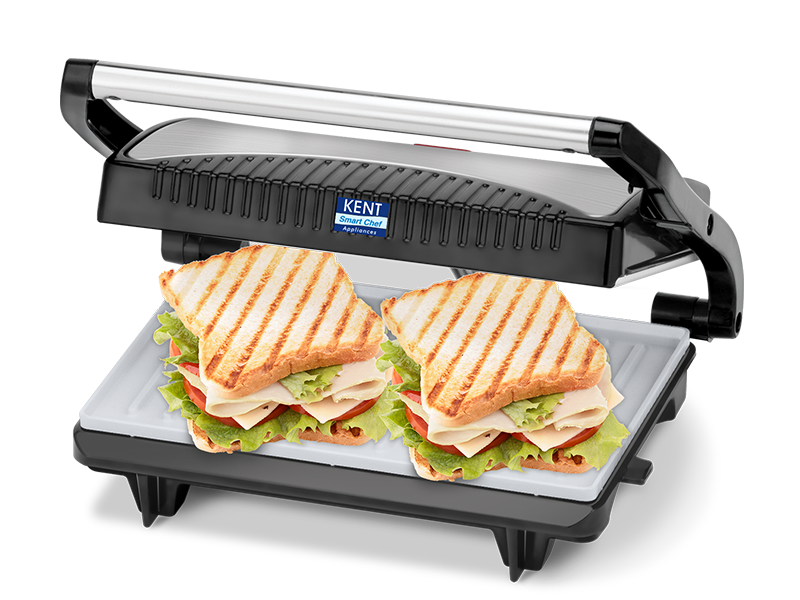
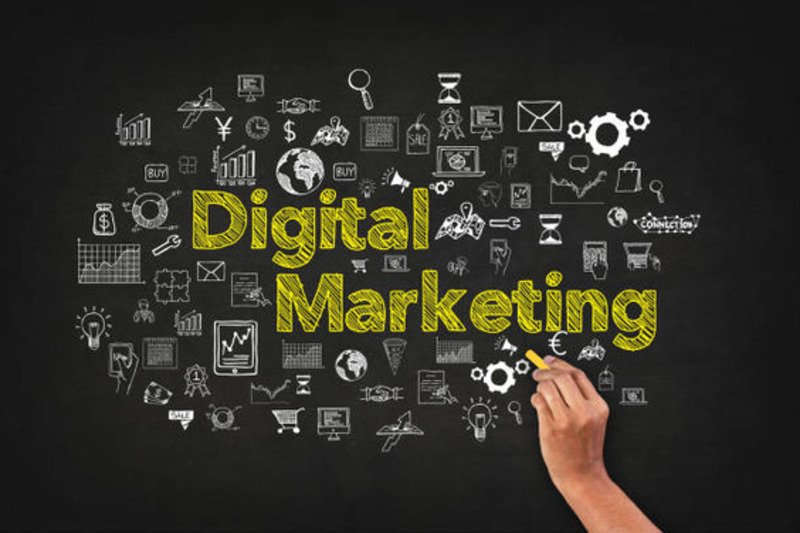

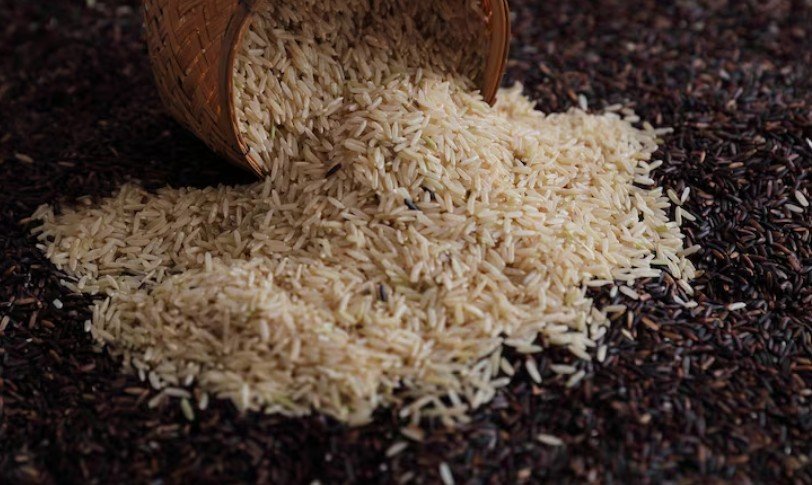
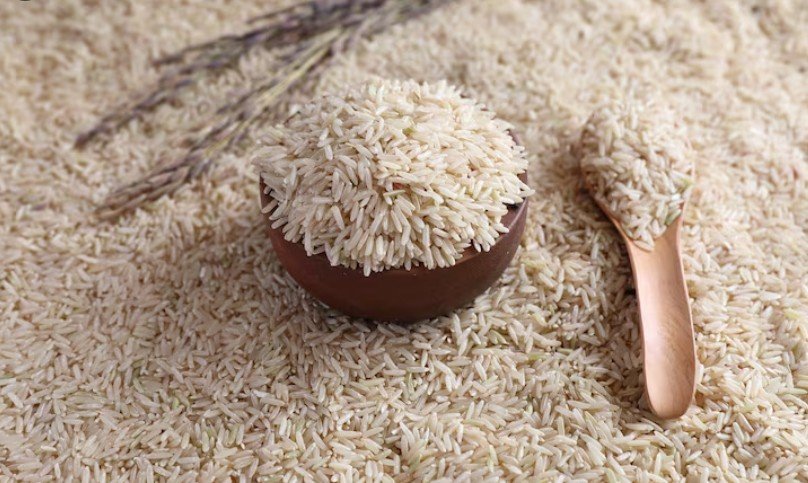

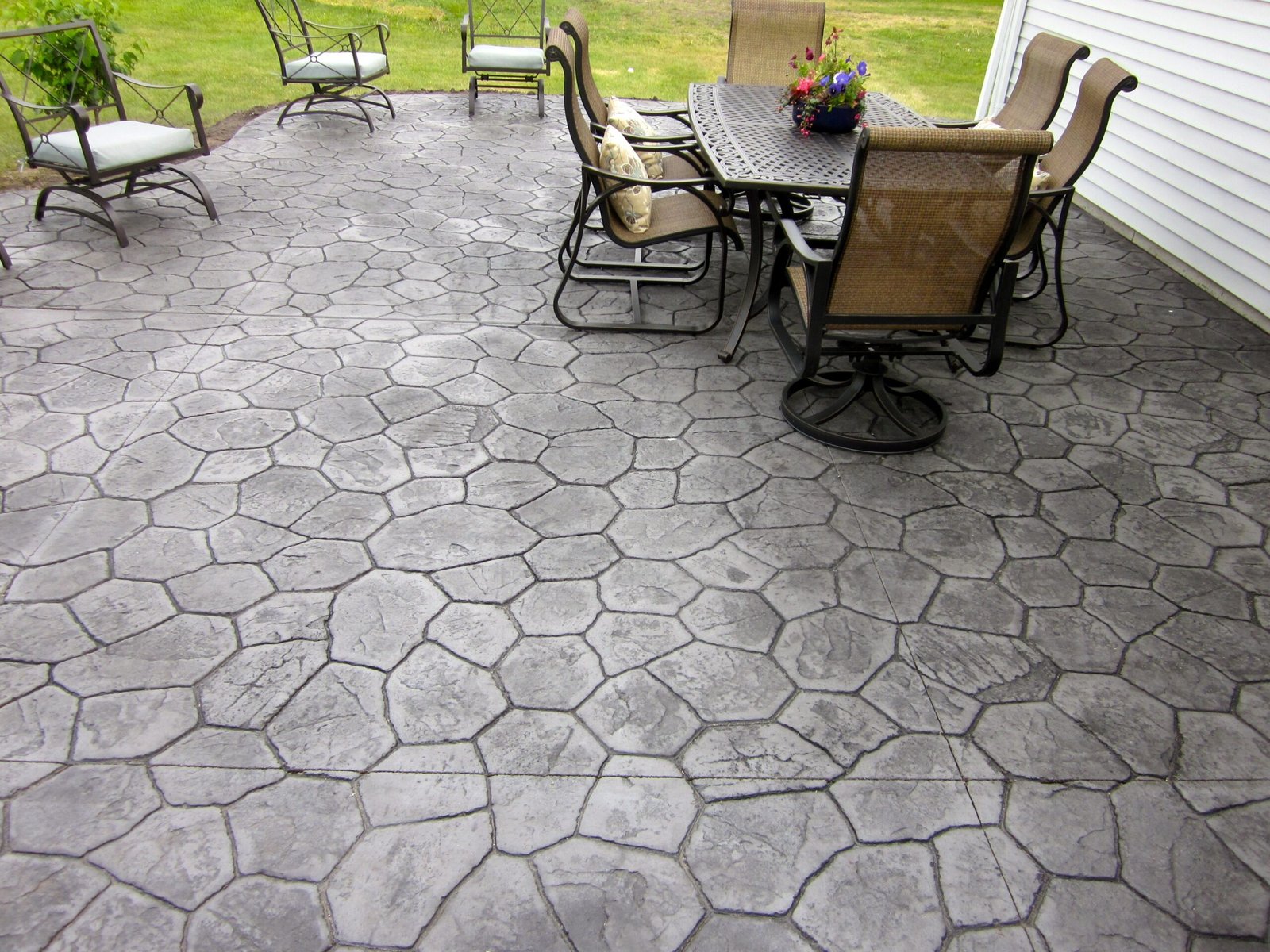
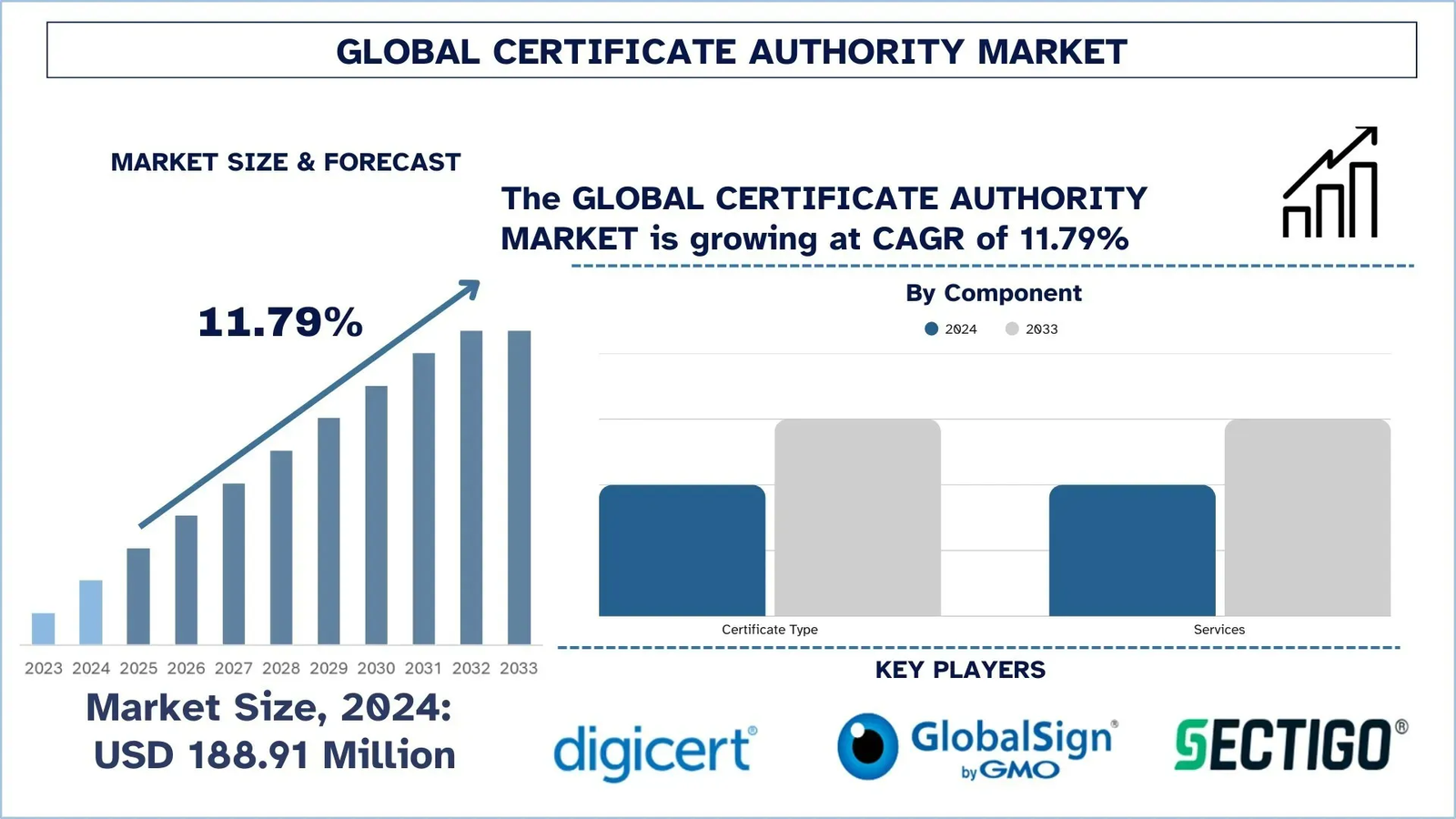
Leave a Reply